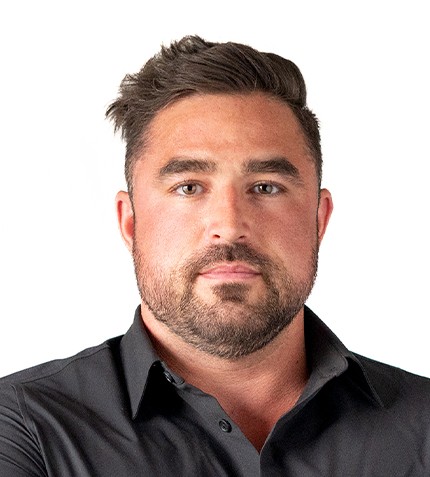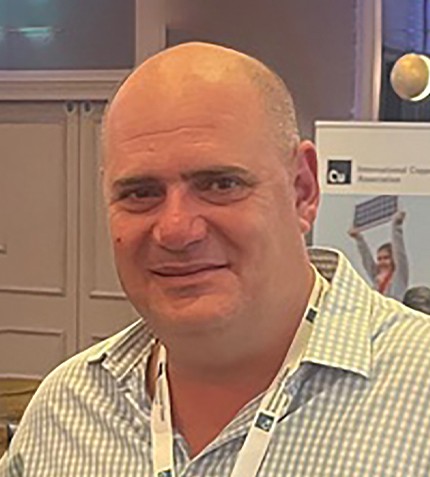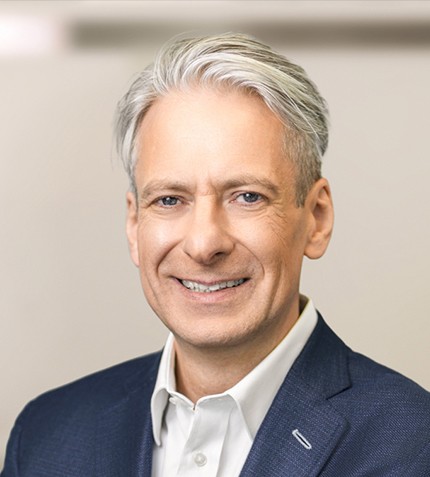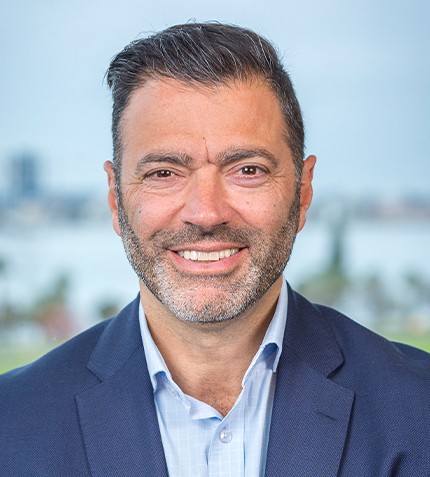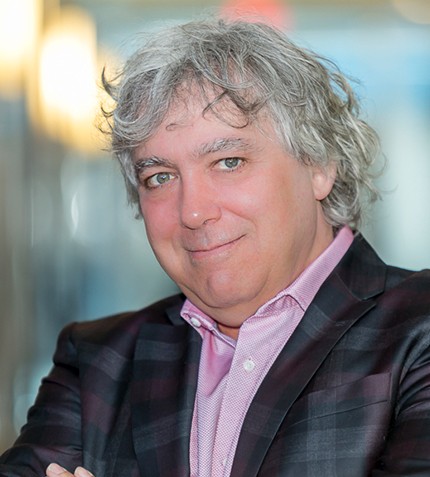
"Most of our work consists of first-generation commercial projects that are innovation based."
Raymond Simoneau
PARTNER AND VICE-PRESIDENT, SENECA
Can you speak to the role and evolution of Seneca in Québec’s mining industry?
Seneca’s mission and vision is unchanged since our founding in 1997. We deliver a value proposition based on the development of process-oriented technology to support our clients either in modifying existing processing plants or in building new industrial infrastructure.
We are a process oriented EPCM firm involved in B2B commercial collaborations with our clients who are beginning to develop a valued project. Sometimes we may be involved in lab scale process demonstrations of metallurgical concepts, and it is our job to decipher the economic advantages. We continue through the front-end engineering studies (FEL’S), including the process development and process design stages. If the project passes the economic value barrier, we are then involved in the realization stages including the full EPCM and commissioning management.
Seneca differentiates itself by being capable of developing a business opportunity from the lab scale proof of concept, to the demonstration plant and then to the FIRST GEN COMMERCIAL plant.
As Seneca has grown to 130 employees, we can now address major projects and offer the full spectrum of EPCM services while tackling major greenfield projects. Today, most of our work consists of first-generation commercial projects that are innovation based, and typically address challenges associated with electrification, renewable energy use, circular economy, strategic materials and decarbonization. Our playground includes mining concentration, smelting using hydro, pyro and electro metallurgy, and purification of strategic materials up to the 5N purity.
Seneca is now investing in its own project development. What motivated this strategy expansion?
Not only do we supply engineering services to the community, but Seneca is now a developer and is investing in its own proprietary process technology to finance and commercialize first-generation commercial ventures. We are now invested in the commercialization of our patented process technology to recycle commercial lithium-ion battery components, and by developing a proprietary hydrometallurgical solution, we can recycle the valued lithium-ion battery components at battery grade quality. Our licensed technology is now being reviewed by strategic partners all over the world.
What role is Seneca playing in assisting Nouveau Monde with its graphite processing at Bécancour?
Having designed and built the Nemaska lithium demonstration plant in Shawinigan, Seneca was invited to contribute to the development of the first natural carbon purification plant to be built in Bécancour. By using renewable and abundant hydropower, we developed in collaboration with the Nouveau Monde a DC type of Acheson furnace, similar to what was used in the 1900’s in the Niagara region for the silicon carbide market. The purification process is based on evaporating oxides out of the natural carbon by raising the temperature of the natural graphite. Seneca was mandated to design and build the processing unit, which is currently being commissioned to supply high purity graphite destined for lithium-ion battery anodes.
Is there more demand for constructing pilot and demonstration plants given the increased technical complexity of projects today?
We are involved in deploying a demonstration plant that will provide high value renewable reducers to the iron smelting process. These include renewable syngas and bio char that is produced using available urban biomass and forestry waste. In this case Seneca’s technology is taking advantage of urban mining and circular economy principles to reduce the carbon footprint of traditional industries.
Can you elaborate on Seneca’s urban mining strategy?
An example of an existing urban mining established concept is the recycling of more than 95 % of the lead content of the lead acid batteries from the end of life, scrapped vehicles.
Seneca is presently investing and developing a project in which valued metals are extracted from urban waste using hydrometallurgy techniques. The object is to recover more than 95 % of the content of a commercial alkaline battery without having to go to the energy intensive and high carbon dioxide emission traditional pyrometallurgy route. Therefore, we recycle some materials back to the industrial sector, minimizing the need to further exploit mining and smelting of resources that are more than often far away.




